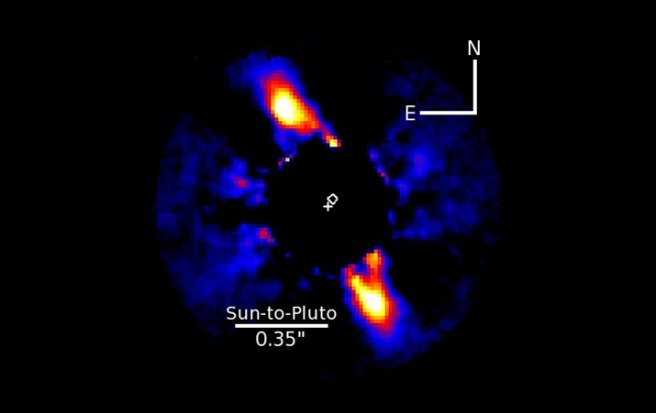What makes a human, human? Or a chicken, chicken?
The preeminent belief has been that the difference between species lies in their DNA—the number of genes an organism has, the function of those genes and when and where those genes are expressed. As it turns out, the answer is not quite so simple.
“There’s very high conservation of the total number of protein coding genes across different vertebrate species,” says Serge Gueroussov, a PhD student in Dr. Benjamin Blencowe’s lab at the University of Toronto. “When [researchers] compared gene expression across different organs in different species, there was also a lot of conservation. It suggests that organisms don’t differ so much in the genes they have and the extent to which they express [those genes].”
In other words, while we may look drastically different from a frog or a chicken, our repertoire of genes and when and where we express those genes are actually pretty similar. So where is the variation coming from?
The answer may lie, in part, in a process called alternative splicing. Continue reading



